SKYSCRAPPER - COMING FULL CIRCLE
Back in 1996, where this story begins, I dreamed of a day like I experienced last December, but I doubted that the dream would ever become reality. That year, the culmination of a lot of effort came to fruition when we signed a contract with an Iowa landowner for a membership-style lease on a 1,500-acre tract of land in Union County.
I was (and still am) a die-hard disciple of the QDM principle and had the fortune of witnessing first hand, what can happen when young bucks are passed in an effort to improve the buck age structure. My goal, since moving to Texas in 1988, was to apply Texas-style management to a deer herd back in my home state of Iowa. Finally, in 1996, the first leg of this long journey had been reached.
We immediately put in place buck harvest restrictions to insure that bucks had more opportunity to reach the older age classes. During the first few years of our lease, we concentrated our harvest toward does and shot very few bucks. We also installed a food plot program, a supplemental feeding program, and initiated what has since become a very intensive, infrared-triggered camera survey to census the deer herd. We started collecting harvest data from all harvested deer that included sending incisor teeth to Matson’s Laboratory for age estimation by the cementum-annuli technique. We purchased aerial photos, a hand-held GPS, and mapping software for plotting property boundaries, food plot boundaries, stand and feeder locations, and mineral lick and camera site locations.
And then we hunted. The buck hunting was tough the first few years as we built-up the age structure. But as time went by, more and more members of our lease had the good fortune to harvest some of the fruits of our labor. I finally had the opportunity to “pick some fruit” this past season. Wednesday, December 10th of the 2003-04 Iowa firearms-deer season will be a day I never forget. It’s doubtful I will ever top what occurred that afternoon, even if I am fortunate enough to hunt whitetails in the “tall corn” state for another 25 years.
As I was walking to my blocking position for what would be the final drive of the day and that deer season, I couldn’t help but reflect back to what had happened to me exactly one year earlier, to the hour, from the same stand. Ironically, one year earlier, I experienced the worst feelings I have ever felt as a deer hunter.
The year before, on the same drive our party was about to conduct, I had an incredible opportunity to harvest a monster buck and I blew it! I was perched in a man-made stand that my brothers and I had built in an old oak tree. The tree was perfectly positioned in a funnel formed by a lake on one side and a food plot on the other. We had been making this drive at least once every deer season since 1996 and it always produced a lot of deer and usually a big buck or two, so my anticipation was high.
Deer started piling out at my end of the wooded finger almost as soon as the drive started. Does, fawns, and bucks of all ages came filing past me at various distances. Soon, a buck that I quickly judged to be a “shooter” came into view. Unfortunately, the shooting lane toward the lake ends 15 to 20 yards short of the lake. As luck would have it, the buck never presented a shot because he crossed close to the lake and outside of the shooting lane. I was disgusted because I had no shot opportunity at a 160-class buck that was well inside shotgun range. However, things were about to get worse.
As I watched in horror, two more “shooter” bucks trotted past me, and past the end of my shooting lane, and then everything became quiet. All told, around 30 deer had been pushed past my blocking position. I had judged three of the bucks to be “shooters,” but yet I never fired a shot because they all passed outside of my shooting lane. By this time, I was so disgusted I was ready to jump down, grab a chainsaw, and spend the rest of the afternoon cutting down trees!
I impatiently waited for the first driver to appear, mistakenly thinking that the drive was over, as a doe came into view. She was very cooperative and ended up in my shooting lane at about 15 yards, where she turned and stood quartering away. This seemed like the perfect opportunity to harvest a doe, so I drilled her with a shot through both lungs. As I watched her run off to my right, I caught more movement in my peripheral view back to my left. As I looked left, I almost fell out of my stand! The buck of my dreams; a wide, tall, massive 10-pointer that may have broken 190-inch mark, was headed directly toward me on the same path the doe had taken seconds earlier. Unbelievably, the buck stopped at the exact location where the doe had stopped. I swung the gun to my left and in my haste to shoot the buck before he bolted, I made what turned out to be a poor shot. The buck ran to my right, past the downed doe, and disappeared into the timber.
I was immediately uncomfortable with the shot and the buck’s reaction. I replayed the shot in my mind as I continued to wait for the first driver to appear. My mental picture showed the cross-hair of my scope on the shoulder, but a little too far to the right (I should have been aiming further left, for the opposite shoulder).
When the first driver arrived, I climbed down and relayed what had happened. We then walked to where the doe, and then the buck, had been standing. We followed the overlapping blood trails to the doe. The blood trail that continued looked promising, so we continued on the trail of the buck. After going another 100 yards or so, we came to where the buck had stopped momentarily because there was a pool of blood in the trail.
I knew this was a bad sign, a buck fatally hit in the lungs or the heart usually doesn’t stop running until he dies. At this point, I told Pat that I needed to continue on the blood trail by myself because the buck would likely require a follow-up shot and I would need to be more stealthy in my tracking efforts. In hindsight, I should have also quit the trail at this point to give the buck more time to expire. Unfortunately, it was the last afternoon of the last day of Iowa’s five-day shotgun season and I would not be able to carry a firearm with me if I waited until the next day to continue the blood trail.
Unfortunately, after tracking the buck for several hundred more yards, I jumped him from his bed and was unable to get a follow-up shot because of the understory. I continued the chase and followed the buck’s path into a thick patch of cedar trees. I jumped the buck two additional times within that cedar patch, but never saw him because of the dense cover. I then lost the blood trail as I exited the cedar patch. I circled a small pond outside of the cedar patch hoping to cross the blood trail and then re-entered the cedars. A few minutes later, as the light was fading, I again found myself outside of the cedars by the pond. The buck, which had bedded near the far side of the pond, bolted for cover. Amazingly, he had let me walk within 10 yards of him on my first pass around the pond. I fired a desperation shot just as the buck re-entered the cedars.
The sun disappeared as I looked for any signs of a hit on the desperation shot. After not finding any sign, my heart sank lower as I headed for camp. The next morning, I was back at the cedar patch at sunrise. By now no blood trail existed, so I walked transects back and forth through all of the likely places the buck could be. By lunchtime it was time to head for the airport to catch my flight back to Texas. That flight, and the next several days, were the most agonizing of my life. Every time I closed my eyes, the mental image of the buck and the shot overtook me. I had trouble sleeping because I could not think of anything else, but how to get back up to Iowa to look for the buck. I managed to make two more trips to Iowa, one in late December and one in April, in an effort to recover the “dream” buck, but to no avail, which brings me back to the beginning of my story.
Now I was on my way to the same home-made tree stand one year, to the hour, later. When I walked past where the buck had been standing the year before, my stomach twisted. And as I stood on the platform up in the oak tree, I couldn’t help but glance to that same spot in the shooting lane. Surprisingly however, I had a very good feeling about this hunt. I had an eery sense that something extraordinary was going to happen. I also remembered the three “shooter” bucks that I couldn’t get shots at the year before and wondered how much bigger they were this year and if they might present me with a second opportunity.
Two fawns appeared first, followed by a doe, two more fawns, and a second doe. Then a large buck appeared. I quickly judged him to be a “shooter” based on the height of his G-2 and G-3 tines. At the time, I thought he was a very tall, eight-point buck that would score in the high 150's. I shouldered my 870 and prepared to shoot as the buck angled toward the lake. The buck then stopped short of the shooting lane, behind brush too thick for a shot. Would this buck also cross beyond my shooting lane? Fortunately, my luck would be different this year, as the buck trotted back into view. I had the shotgun shouldered the entire time, and tracked the buck’s movement through the understory with the open sights of the rifled barrel. I squeezed the trigger as the buck entered the far end of the shooting lane. Surprisingly, the buck did not react to the shot and I feared I may have missed. I fired two more shots of desperation, through the timber, as the buck disappeared.
As my heart raced, some more antlerless deer appeared, followed by another large buck. After a quick glimpse of this second buck, I also judged him to be a “shooter” based on his tall G-4 tines. In fact, at the time, I thought he was bigger than the first buck. Fortunately, Iowa allows shotgun hunters to “party” hunt, which means that one member of a party can shoot another member’s deer if that deer is then tagged within 15 minutes of harvest. Knowing this, I again prepared to shoot, but this buck also stopped before the shooting lane in brush too thick for a clear shot. He then trotted toward the lake at an angle that would put him beyond the end of my shooting lane. When I realized this, I prepared to shoot at the first opportunity. When the buck crossed a small opening, I anchored him with a shot that broke his spine.
The first (and only) driver appeared a few minutes later. I climbed down from the stand knowing I had downed at least one big buck. As I walked toward Mark, I spotted the first buck dead 30 to 40 yards beyond where he was on my third shot. My heart raced more as I hollered to Mark that I had made a double! He immediately assumed I meant does (we typically harvest 5 or 6 does for every buck that we shoot in an effort to keep deer densities in check).
I was more excited to see the second buck, so we walked to the second buck. When I saw that he had 10 tall points, I was elated. We examined the buck, the rack, and the shot and then we walked toward the first buck. I commented to Mark that he was a “skyscraper 8.” When we walked up to the buck, no one could have been more surprised than me to see that he was the monster buck we had photographed during our pre-season camera survey. I hollered so loud that a second blocker on that drive more than a quarter-mile away heard me. Amazingly, one year, to the hour, from my worst experience deer hunting, I had my very best experience. The harvest of “skyscraper,” my largest buck ever after 25 years of hunting in Iowa, has brought me full circle.
Posted by Dr. Mickey W. Hellickson
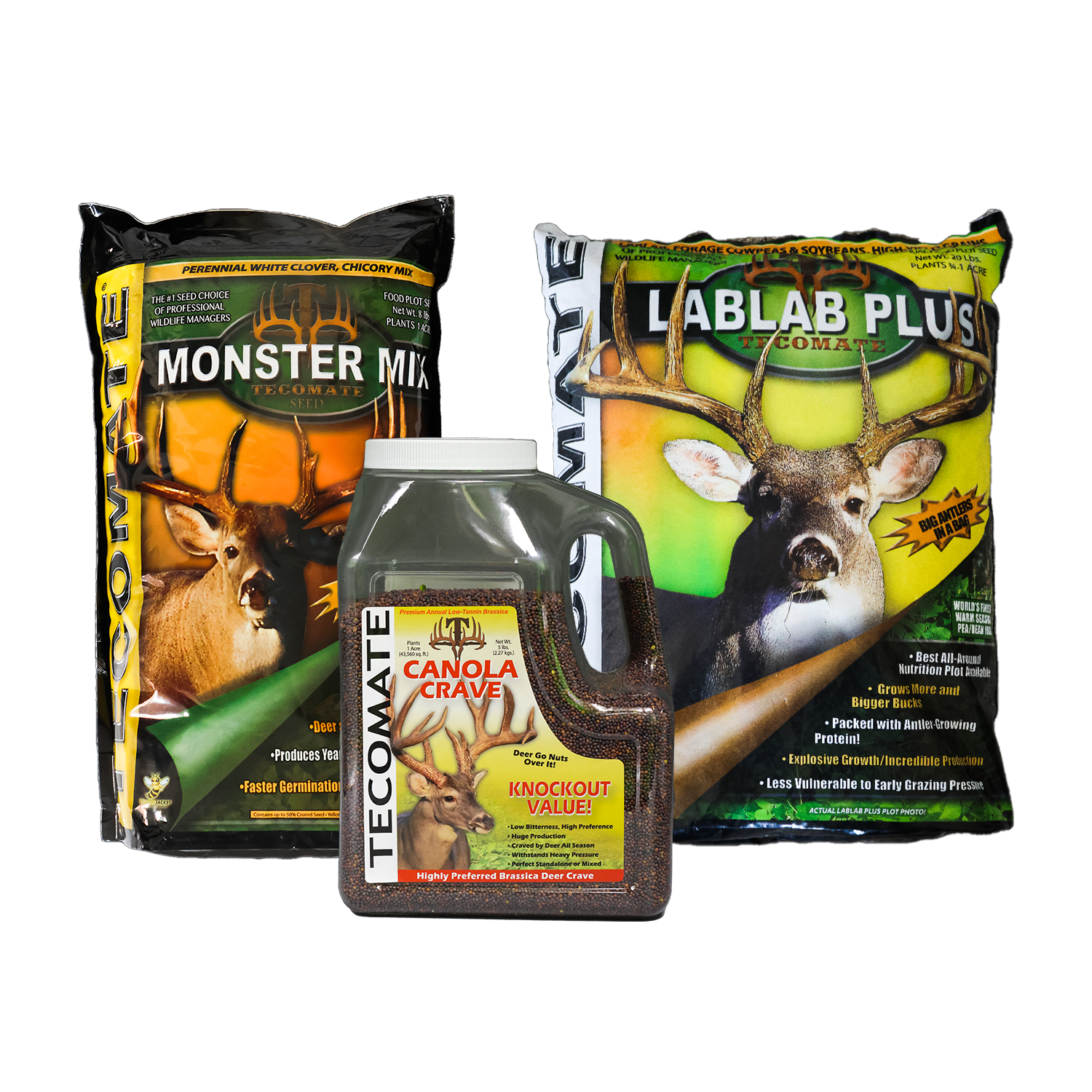
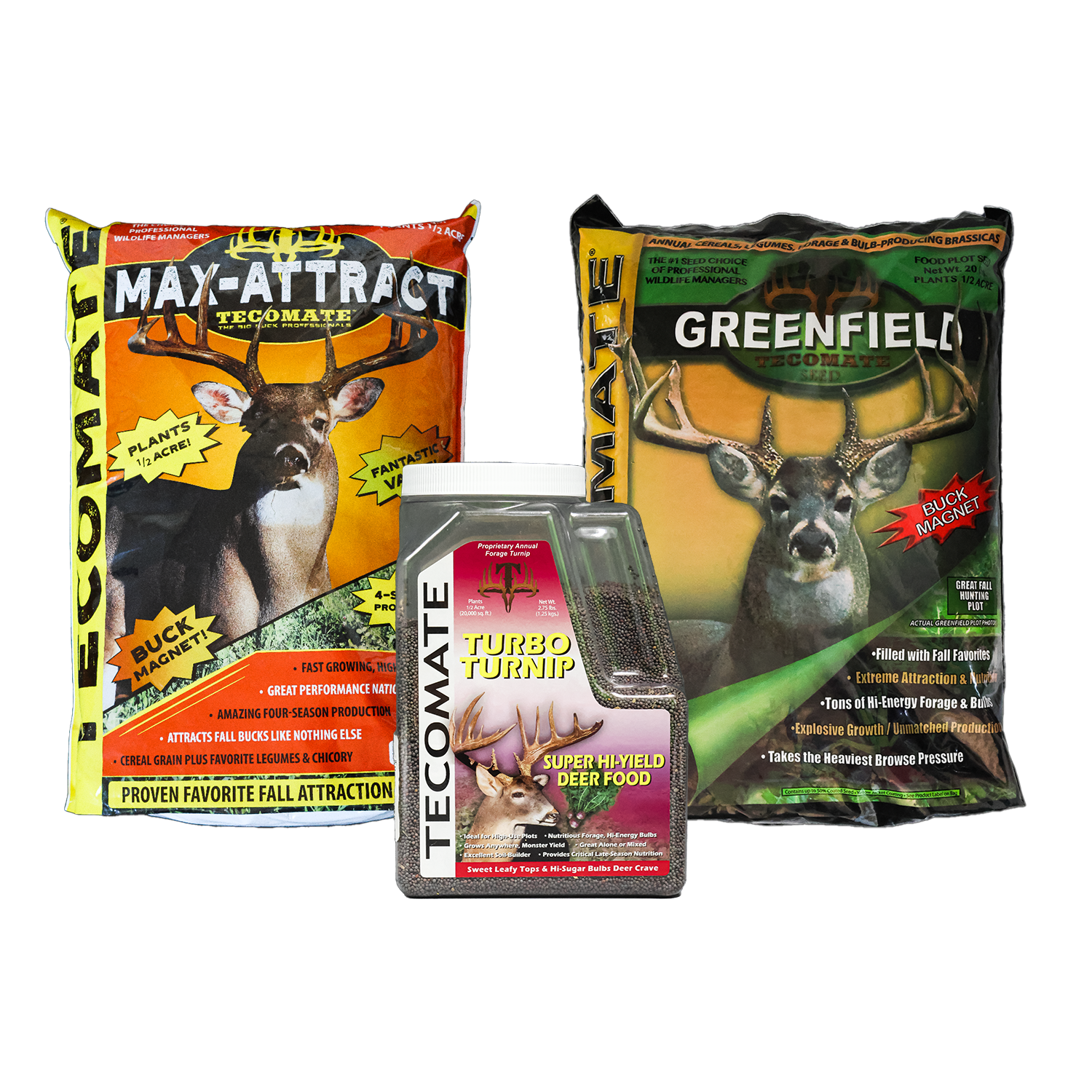
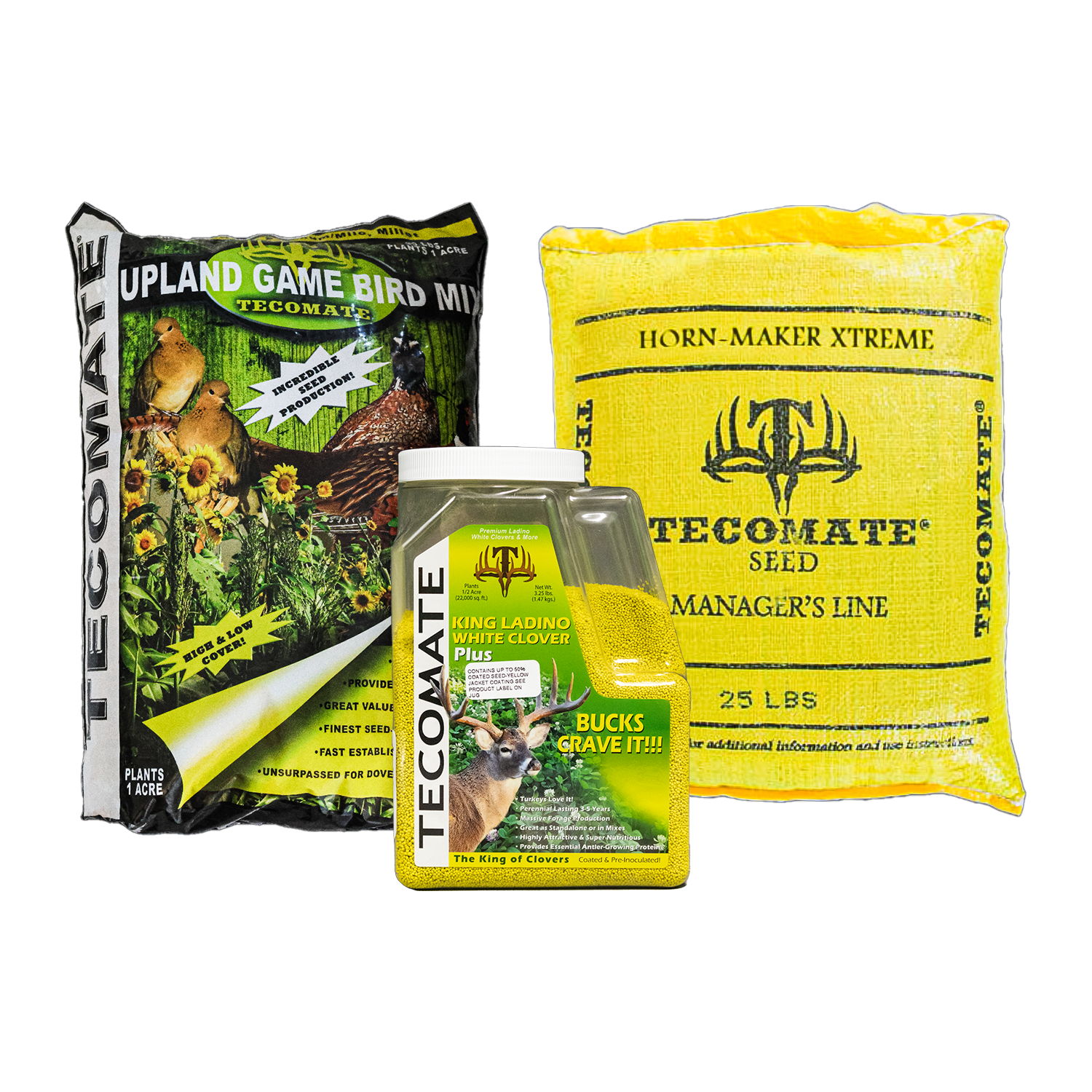
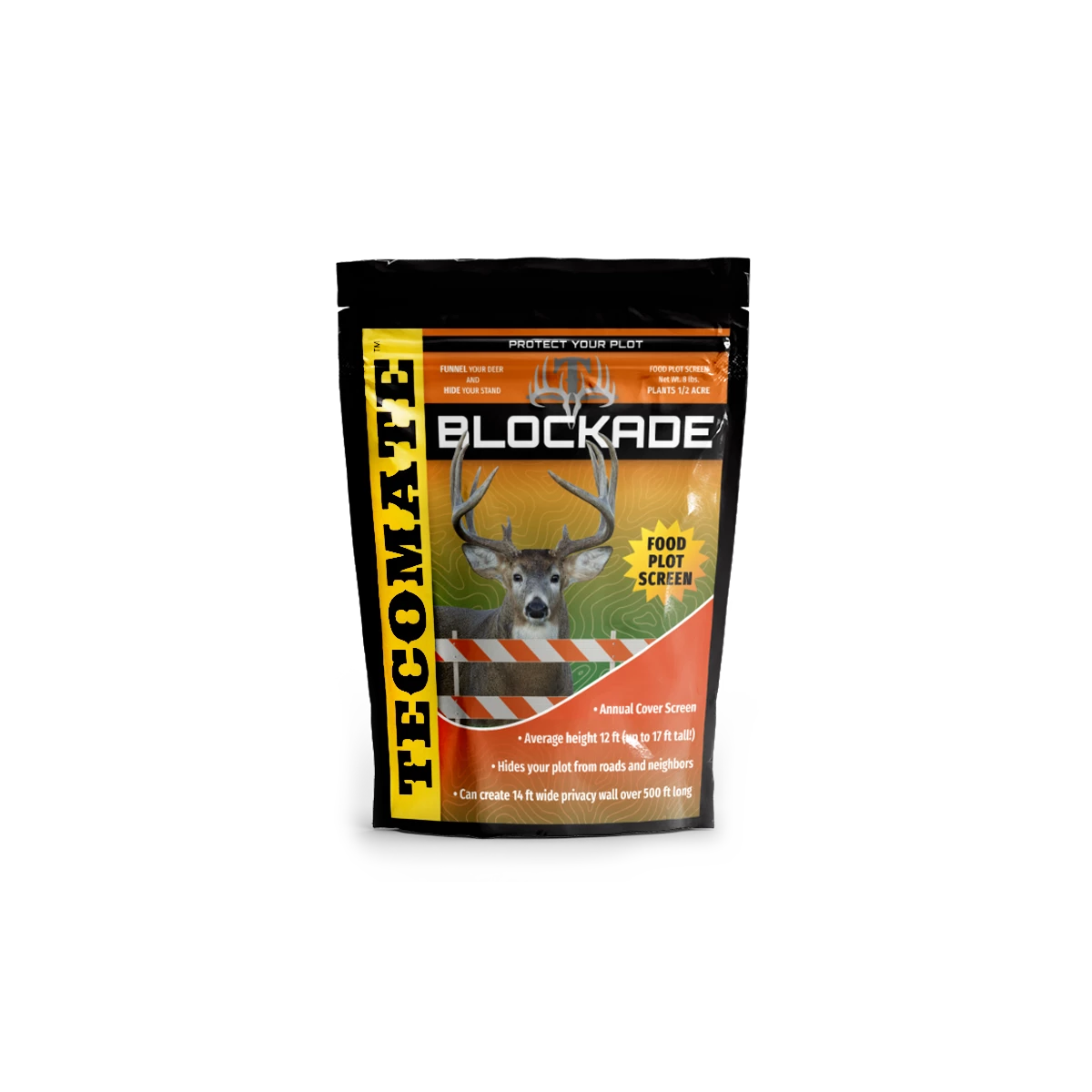
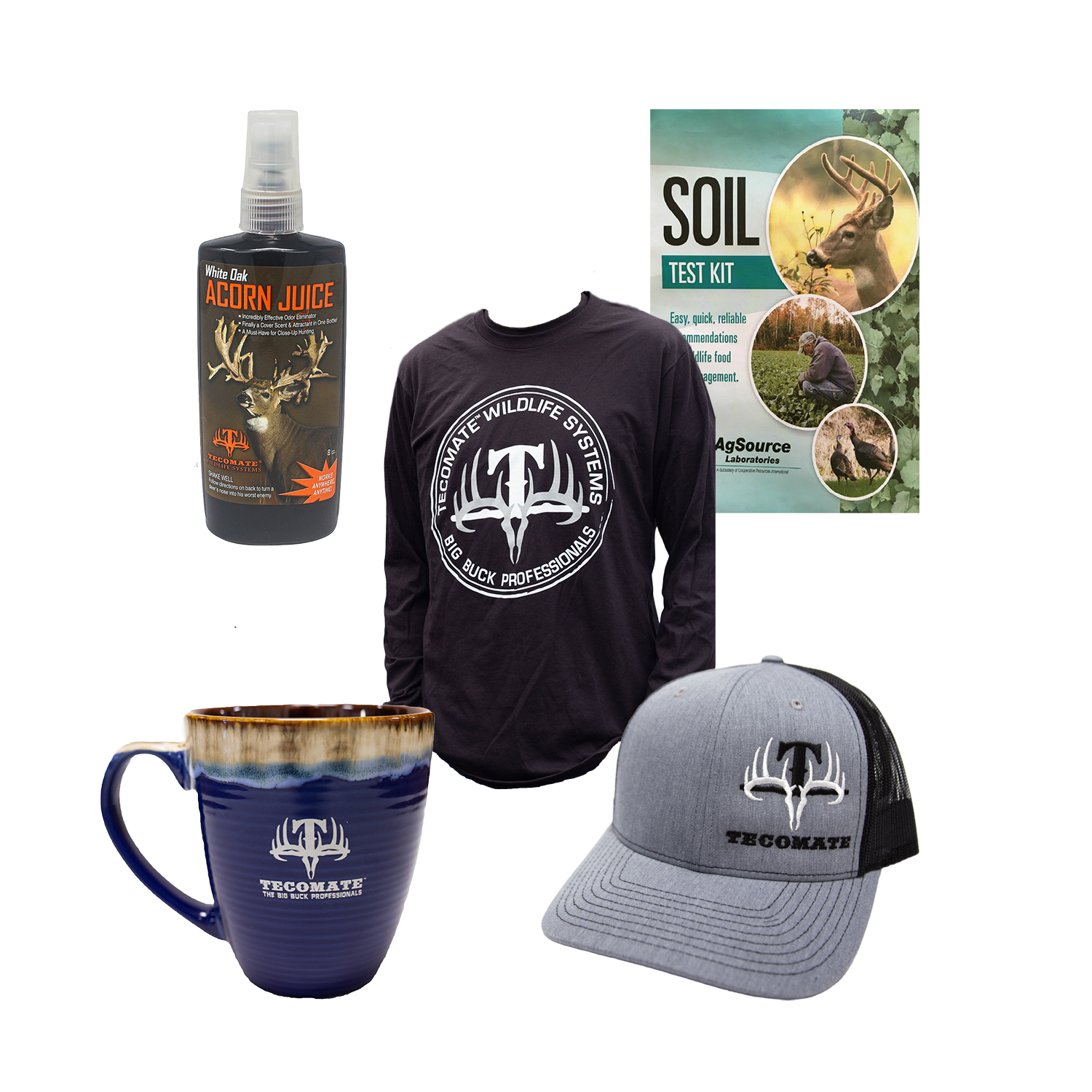
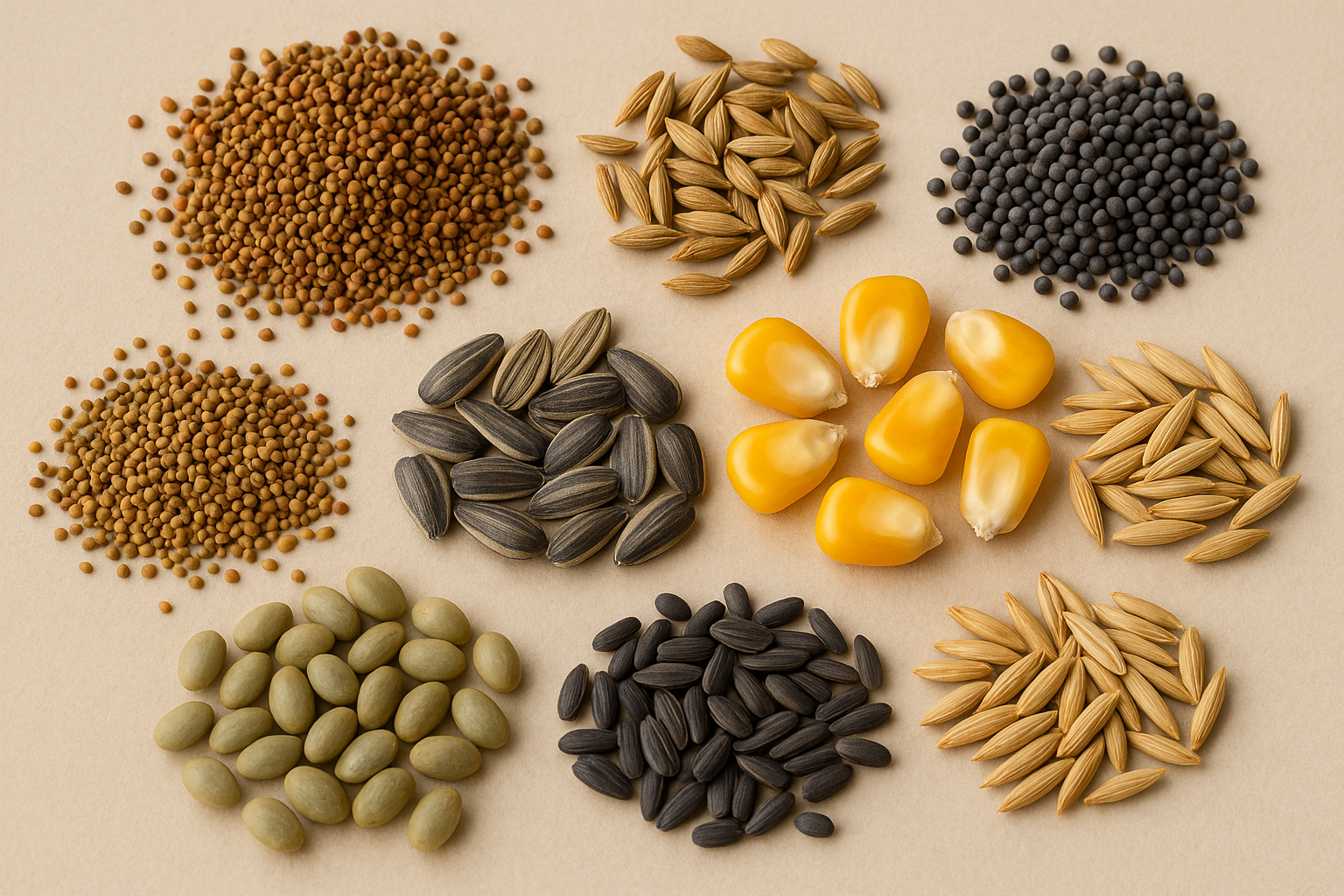
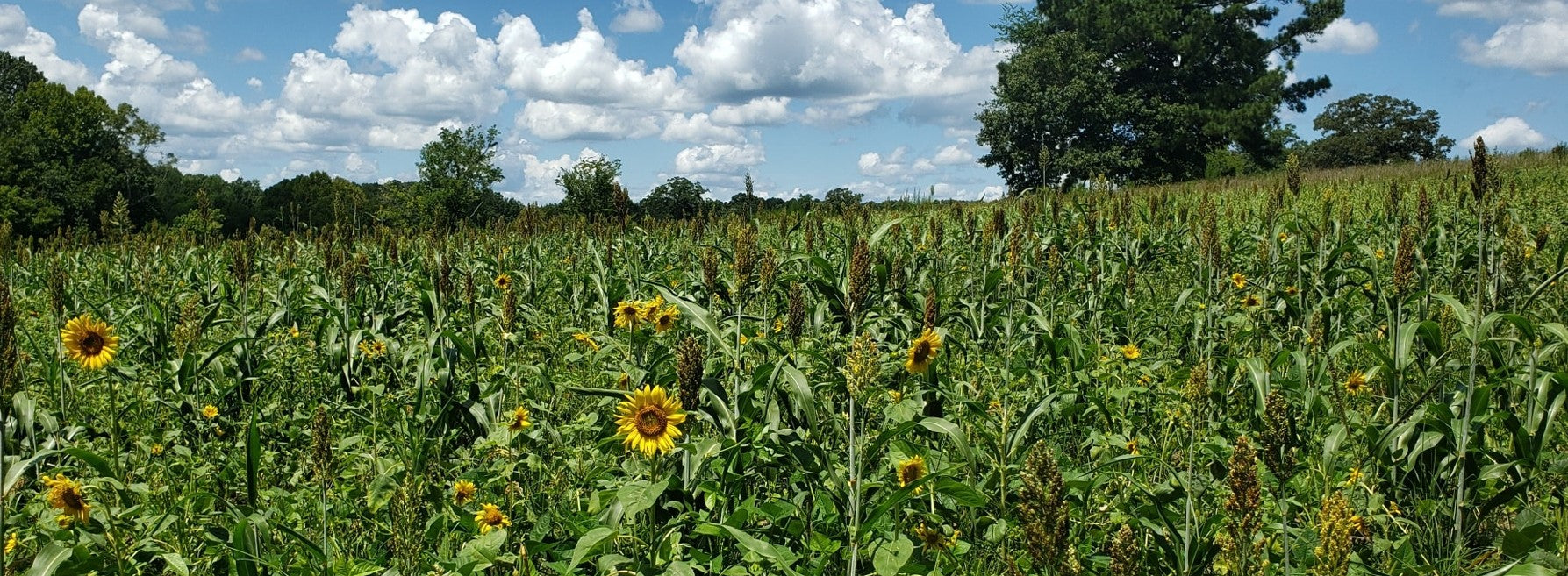
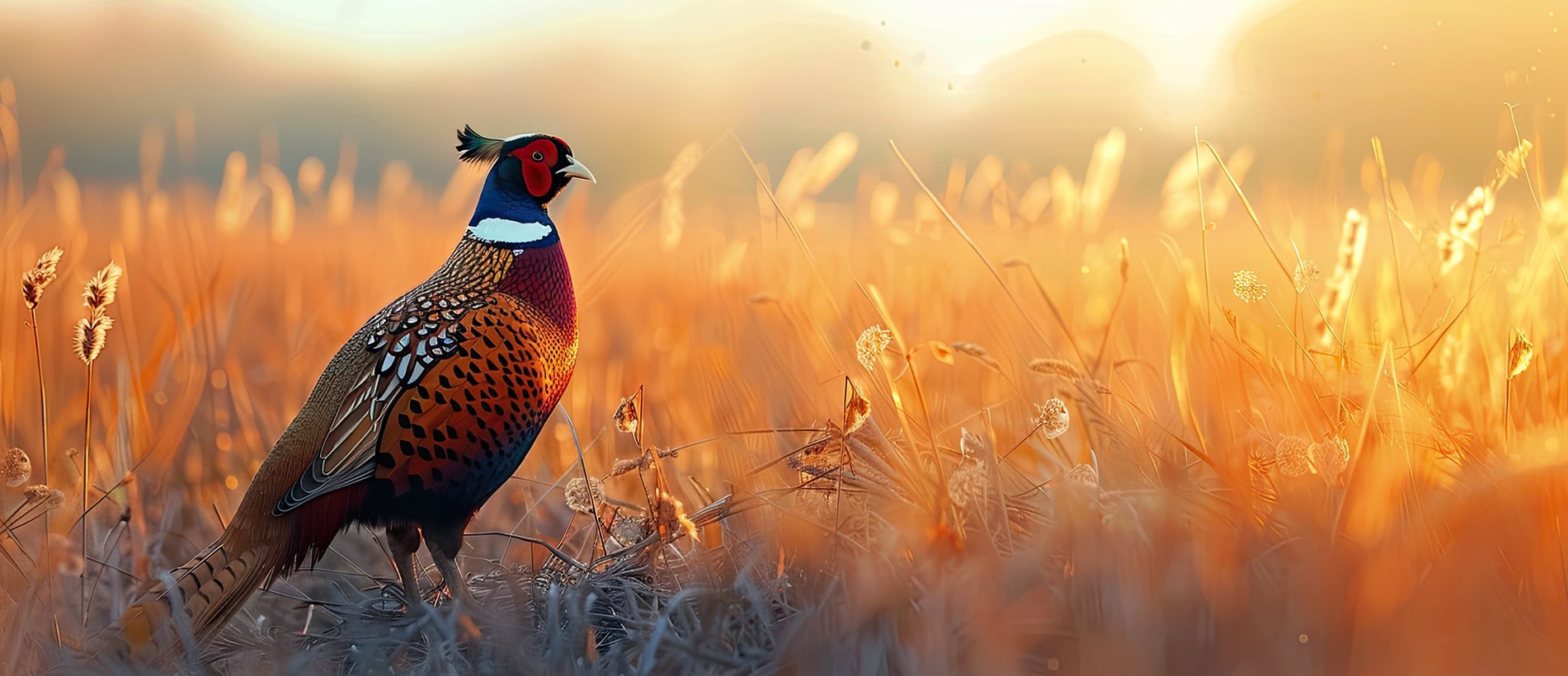

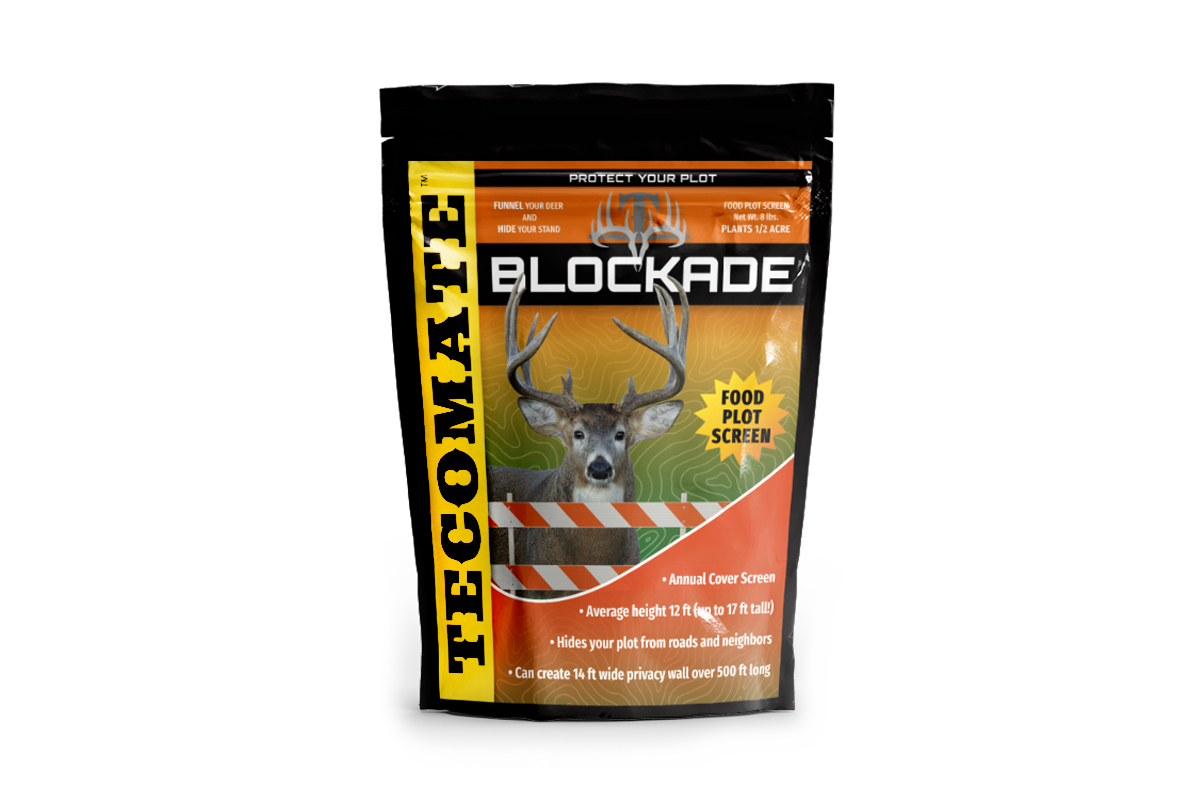
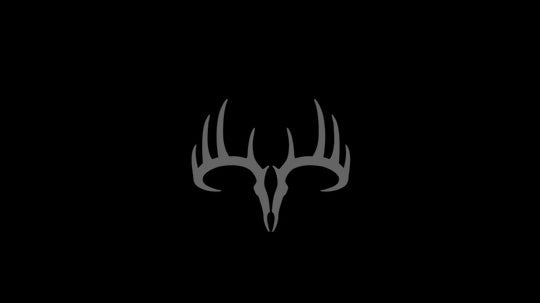
Leave a comment